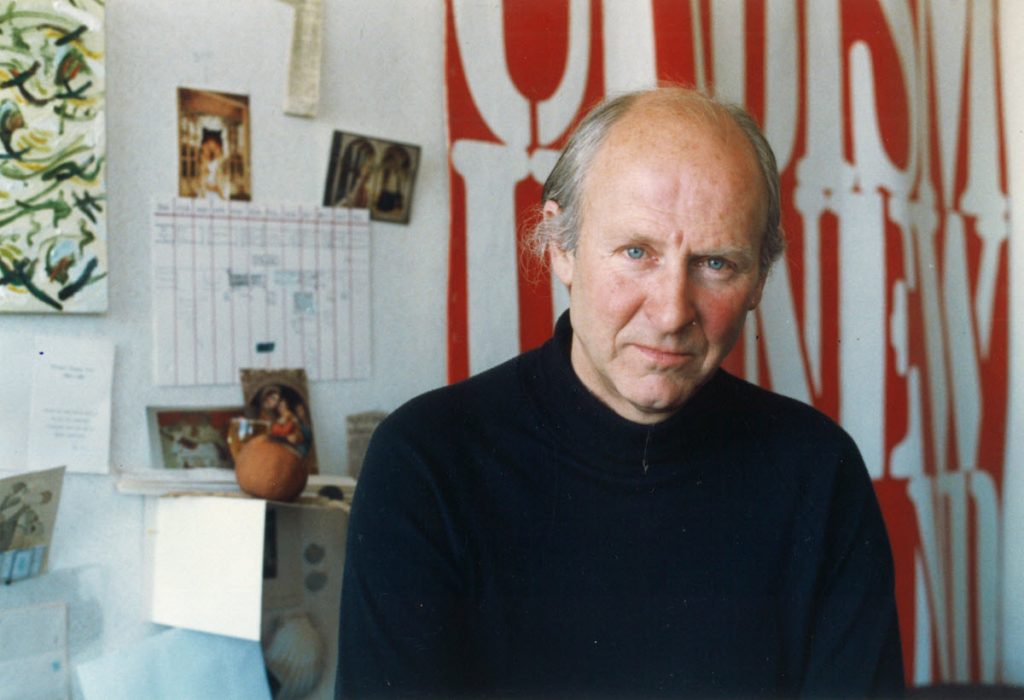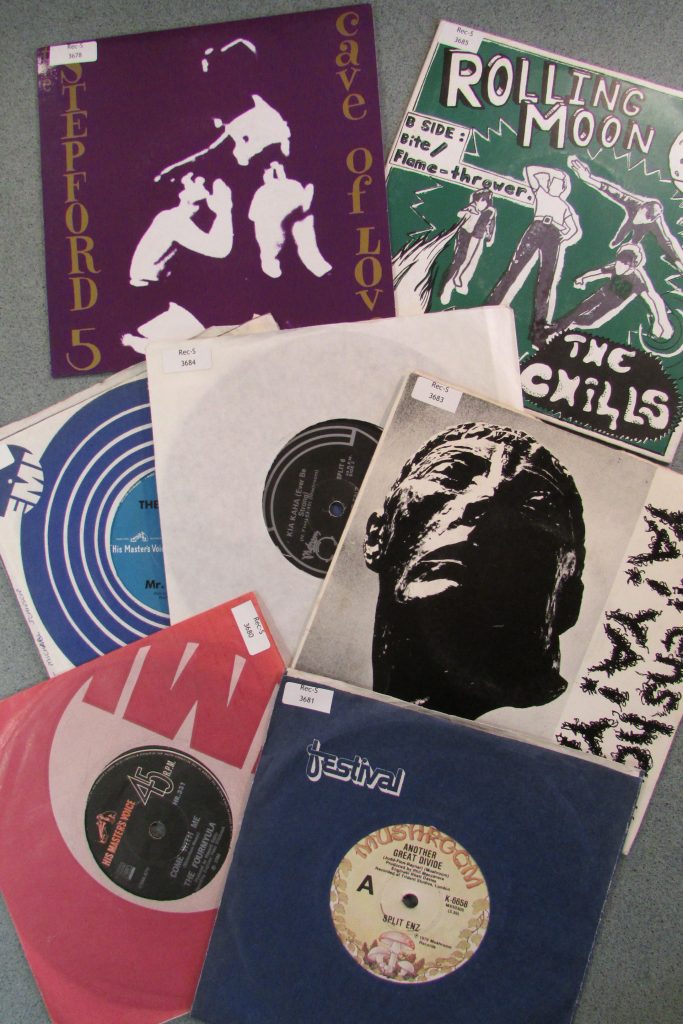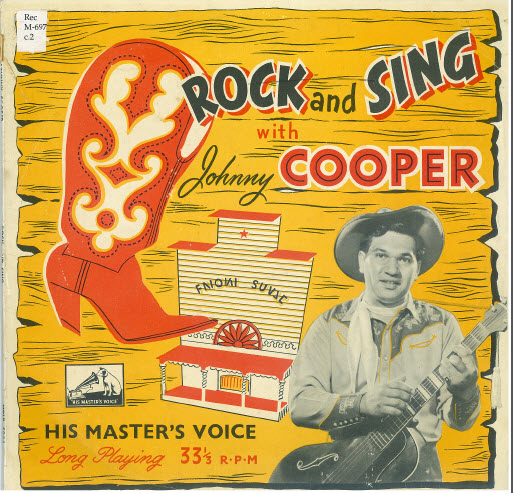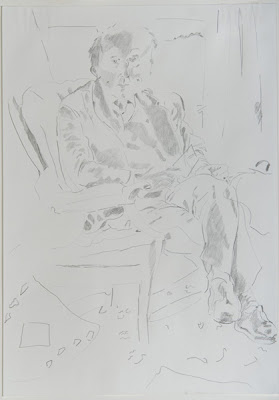With sadness we record the death of Tim Garrity. Moe mai ra e hoa.
Tim held the position of Curator of Pictures at the Hocken for almost twenty years, from 1978 to 1997. His background in philosophy and skills as an artist equipped him well to carry out the variety of duties in this role, and he developed relationships with the visual arts community which greatly benefited the Library, developing the collection and creating important links with key practitioners.
Born in London, Tim arrived in New Zealand in 1948. He began his career as a painter; this led him to travel extensively overseas after study in Wellington, Christchurch and Auckland. He worked with Colin McCahon between 1962 and 1963 and represented New Zealand at the 1963 Paris Biennale.
Tim administered the Auckland Gallery’s Research Library from 1975 until the end of 1977, when he left to come to Dunedin. As a respected artist with an international reputation, Tim could establish a rapport with other artists who then gave material to the Hocken Pictures Collection or involved him in supporting written or other projects. Tim’s own researches led to the writing of a chronology of Dunedin art collector and philanthropist Rodney Kennedy for the publication The Kennedy Gift: Rodney Kennedy (1909-1989).
An interest in McCahon’s work was maintained throughout his working life and he wrote the introduction to the Hocken Library’s publication listing all the McCahon holdings entitled A Tribute to Colin McCahon 1919-1987. Tim also produced James Brown, caricaturist: a complete catalogue of the paintings, drawings and lithographs by James Brown (1818-1877) in the Hocken Library, and wrote the note introducing John Buchanan as an artist, in John Buchanan: artist botanist and explorer, a catalogue of his pictures in the Hocken Library, which was published to accompany an exhibition of Buchanan’s work in 1988. Another publication from that year, Geometric, abstract and minimalist painting at the Hocken, shows Tim’s approach to curating an exhibition exploring aspects of the Hocken collection which are less well-known.
Tim’s enthusiastic encouragement of first-hand study of the collection meant that he was greatly appreciated by Otago’s artists as well as by researchers from further afield. Tim was always unstintingly generous with his own time and knowledge.
Image: Timothy Peter Garrity 1987. George Griffiths photographer, ref: 99-182/051B.





